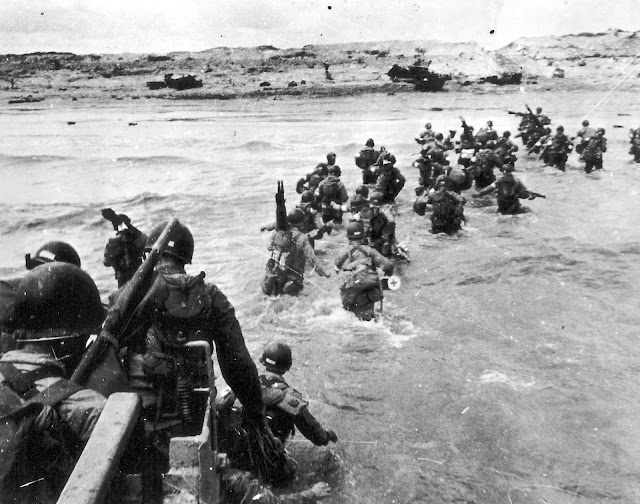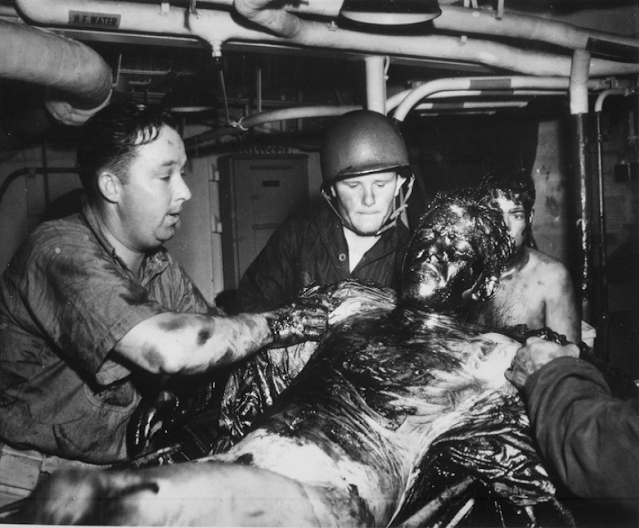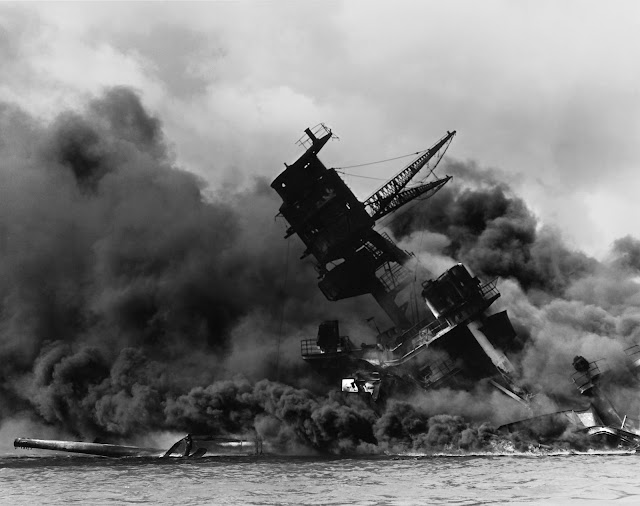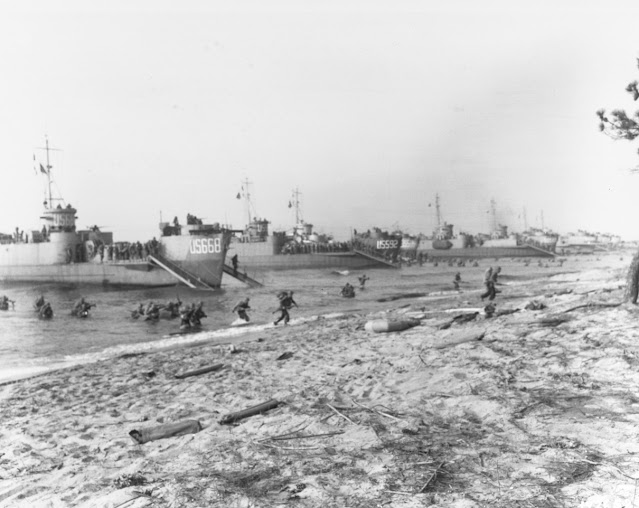Pfc. Alfred G. Legenhausen: Irvington's canceled WWII hero
The story went that private first class Alfred G. Legenhausen was a U.S. Army Air Forces flight engineer/top turret gunner in Headquarters Squadron of the 22nd Bombardment Group (Medium) based at Muroc Field (today's Edwards Air Force Base) in Kern County, Calif. He had been killed when the B-26 Marauder bomber in which he was training crashed during takeoff into Muroc Dry Lake about 100 miles northwest of Los Angeles on Dec. 18, 1941.
The story went on to say that Pfc. Legenhausen, was one member of a six-man crew lost when the B-26 crashed moments after taking off on a bombing target practice mission. The crash, blamed on icing on the bomber's wings, caused the bomb load of the plane to explode. They were likely in training for the 22nd's December-January 1941-42 deployment to submarine detection and elimination duty off the West Coast of the U.S.
The entire crew was killed in the explosives blast that followed the crash.
The story was all true, except for the part about Pfc. Legenhausen being from Irvington. It appears that the 22-year-old Legenhausen (referred to in the original newspaper story incorrectly as Legenhause) had been using the 25 Maple Street, Irvington address of his 30-year-old brother Howard Henry Legenhausen as his home address after joining the Air Corps in 1938.
Someone — it's unclear who — found out sometime in 1942 or 1943 that Pfc. Legenhausen hadn't actually lived in Irvington. In 1942, he was reported as Irvington's first WWII death in a story that was reporting on the death of the village's second war death, Pfc. Matthew A. (Matty) Smith of 27 S. Eckar St. But later, Pfc. Smith was called the village's first war service death and Legenhausen's name disappeared from that and future reports and never appeared on Irvington's Veterans Memorial Monument on Main Street at Aqueduct Lane.
In today's parlance, he'd been "canceled" as an Irvington hero. Sadly, it doesn't appear that he's recognized anywhere else. Even his burial site seems to have been forgotten.
 |
| This 1944 U.S. Army Air Forces recruiting poster features images of B-26B Marauder bombers in wartime action. Flight engineer Pfc. Alfred G. Legenhausen died when his B-26 Marauder, originally nicknamed "Widowmaker" because of its unstable takeoff and landing properties, crashed. During testing in 1941 at MacDill Air Base near Tampa, Fla., the bomber failed so often, crews joked about constantly having to ditch in the Gulf of Mexico, saying "One a Day in Tampa Bay." It became America's safest bomber after many modifications following its Nov. 25, 1940 prototype inaugural flight, but Legenhausen came aboard before those modifications were completed. |
Reports found today tend to refer to Legenhausen's hometown vaguely as either "possibly" Nassau or Suffolk counties on Long Island, N.Y., or somewhere in New Jersey.
In fact, Pfc. Legenhausen was born in West New York, N.J., in 1919 and was raised there and in nearby Weehawken, N.J., directly across from Manhattan, through high school graduation at least in 1938. He had been living with his German immigrant parents Friederich (Frederick or Fred) and Mita Legenhausen and his older brother Howard.
His mother Mita died before 1930 and his father perhaps by the mid-1930s leaving Alfred to live with Howard in their family home at 210 Dodd Street in Weehawken, about six blocks from the entrance to the Lincoln Tunnel which runs under the Hudson River to midtown Manhattan. Alfred then volunteered for the Army Air Corps after high school graduation, whereupon Howard moved to Irvington after taking a job at the Chevrolet dealership in the Pennybridge section of Tarrytown. That seems to have been the origins of the story of Alfred being from Irvington. It appears he used two Spiro Park addresses in Irvington at which his brother Howard resided as his home addresses between 1938 and 1941.
Confusion over the spelling of the family's last name by newspapers of the era likely came from Howard Legenhausen, who petitioned the courts to have his name changed to Legenhause, dropping the final n, in 1943. It appears he used the spelling without the n before that as well. It does not appear that Alfred actually changed his birth name at any point.
Friederich Legenhausen, who was born in Germany in 1880, had emigrated to the U.S. from his native German in either 1897 or 1900. Mita, born in Germany in 1888, emigrated to the U.S. at age 21 in 1909 and wed Friederich a year or two later.
AUTHOR'S NOTE: Pfc. Legenhausen was in the six-man crew of his doomed B-26 Marauder as flight engineer/top turret gunner. Other crew members killed in the accident were pilot Lt. John H. Work, co-pilot Lt. Theodore M. Richard, bombardier/navigator Pfc. Frank Serao, radio operator Pfc. Gerald J. Lucien and tail gunner Pvt. Thomas J. Kennedy.












Comments
Post a Comment